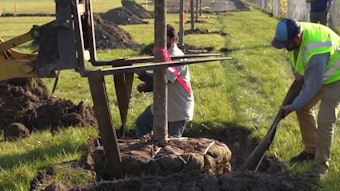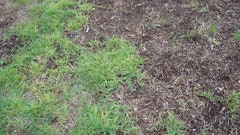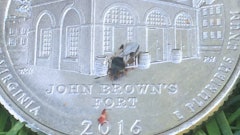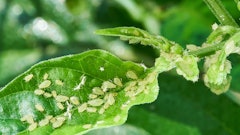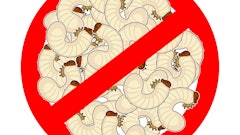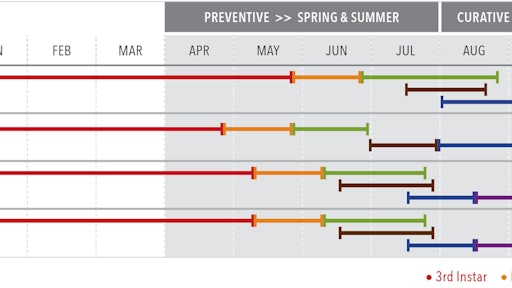
Don’t lose ground to white grubs this season. Grubs such as European and Northern masked chafer and Japanese beetle feed on the roots of grasses, resulting in initial sponginess, browning and then dead patches of turf. The underlying grubs attract foraging animals, such as racoons and skunks, that further damage turf. It is best to control grubs in spring or early summer before they hatch and begin to cause challenges. However, it is possible to attain control of grubs and restore turf after breakouts begin.
Southern Chinch Bugs are small but highly damaging. They’ve become the number one pest affecting St. Augustine grass and lawn care operators in regions such as Florida and Southern Texas. As with grubs, control has become increasingly difficult in recent years because of resistance to commonly used pyrethroid insecticides. Left untreated, chinch bugs will cause unsightly damage and eventually kill the turf. Turf loss by these pests does not recover, leaving behind the high expense of re-sodding.
Failure to control both of these pests can cause more than turf damage. This can result in several callbacks and even damage a lawn care company’s reputation through negative word-of-mouth. It is important to find fast-acting and long-lasting control solutions that provide both immediate and prolonged results. This can capture grubs that go below the treatment zone for weeks before coming up to damage roots. Increasingly, this may require alternatives that control pyrethroid-resistant white grubs and chinch bugs and do not increase levels of pyrethroid resistance, helping to conserve the utility of other products.
Choose insecticides that deliver proven results. Some factors that are important for achieving effective control of grubs and chinch bugs include having a good balance of water solubility and organic matter binding potential. This binding affinity to matter, such as thatch and plant uptake, is particularly important in periods of heavy rainfall.
Insecticides that offer preventive and curative properties can be beneficial. Curative properties can be applied after egg hatch or when turf damage is first observed. This supports a longer application window and efficacy from a single application, offering flexibility and time savings.
In the case of pyrethroid-resistance, there can be a significant difference in the appearance of an untreated lawn and a lawn treated where pyrethroid resistance is present with the right alternative mode of action. Once lawn professionals successfully match a control solution, they can experience the benefit of a lawn that is more competitive, allowing fewer weeds and undesirable grass growth, and supporting thicker and healthier stands.





